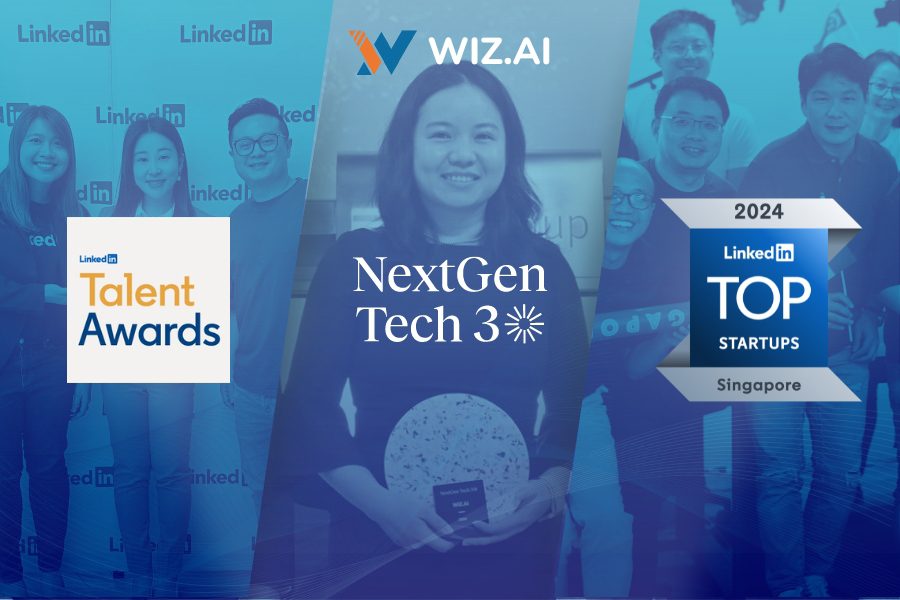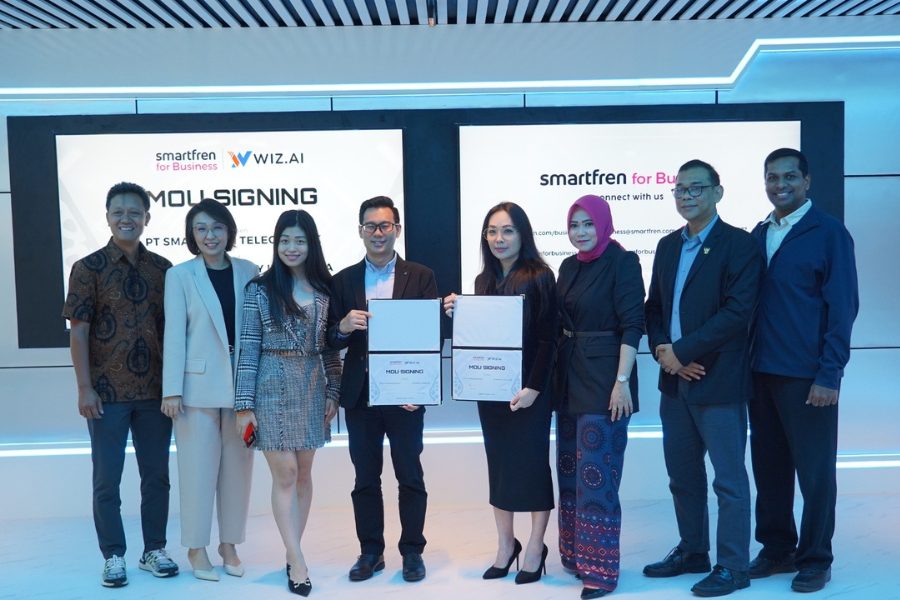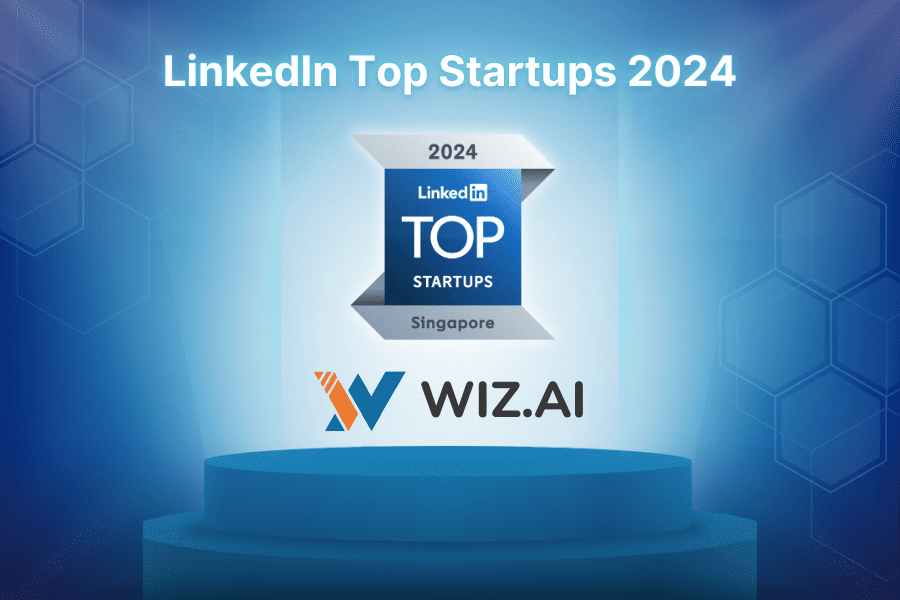Discover how the rise of AI is changing our jobs and why adapting to it could be the key to success in a tech-driven world.
Artificial Intelligence (AI) is no longer a futuristic concept; it’s a dynamic reality reshaping our workplaces today. The World Economic Forum predicts that while AI may replace around 85 million jobs by 2025, it will also create approximately 97 million new roles. This staggering statistic embodies the seismic shift AI is bringing to the global job market. From healthcare, where AI diagnoses diseases with uncanny accuracy, to the creative industries, where it’s revolutionizing design and content creation, AI’s influence is ubiquitous and growing.
Yet, beneath this wave of technological advancement lies a critical question: How can humans not just survive but thrive in this AI-augmented landscape?
The answer lies in understanding the dual nature of AI in employment. It’s a tale of two worlds: one where jobs face the threat of automation and another where entirely new career paths emerge, fostered by AI’s capabilities. This is where the concept of an “augmented workforce” becomes pivotal.
In banking, AI’s prowess in fraud detection and customer service is reshaping the sector, while in healthcare, it’s both a tool for medical staff and a catalyst creating new roles. This dichotomy presents a unique challenge and opportunity: the need to adapt.
As industries evolve under AI’s influence, the workforce must pivot, embracing new skills and perspectives. The central question is not about resisting this change but about how we, as a collective workforce, can adapt and excel in this new era of AI-driven employment.
The Evolving Employment Landscape: Navigating AI Integration Across Industries
The integration of AI into various industries is reshaping the employment landscape, creating both challenges and opportunities. In the field of logistics, for instance, AI is revolutionizing supply chain management with predictive analytics and real-time decision-making. Meanwhile, in education, AI is reshaping learning experiences through personalized education and automated administrative tasks. These developments highlight the imperative for professionals to evolve alongside AI, fostering an environment where human expertise and AI collaborate effectively.
The Concept of an Augmented Workforce
The “augmented workforce” concept signifies a transformative approach in the modern workplace, where AI and human capabilities are synergistically integrated. This model leverages AI’s analytical and computational strengths to enhance human skills and intuition, leading to improved efficiency, creativity, and decision-making. In this dynamic, AI tools and applications do not replace but rather augment human roles, creating a collaborative environment where the strengths of both humans and AI are optimized. This concept is increasingly significant as industries evolve, requiring a workforce that is adaptable, technologically proficient, and able to harness the power of AI for improved outcomes and innovation.
The concept of an “augmented workforce,” as highlighted in Gartner’s “Executive Guide to Augmented Connected Workforce” report, is essential in this transition. It’s about optimizing human capabilities through intelligent technology and workforce analytics. For instance, Gartner predicts that by 2027, 25% of CIOs will use augmented connected workforce initiatives to halve the time to competency for key roles. This approach is evident in industries that require high levels of workflow integration and automation. For example, companies like Zapier enable this through their platform, which integrates disparate software tools, automating tasks and processes across different applications. This allows workers to streamline operations, improve efficiency, and increase operational capacity.
Creation of New Jobs and the Role of AI
The role of AI in job creation is increasingly evident across various industries, as outlined in Gartner’s “Top Strategic Technology Trends for 2024” report. For example, AI-augmented development in software engineering is predicted to increase productivity by up to 20% and save costs significantly. In healthcare, AI-driven diagnostics and patient care systems are not only improving efficiency but also creating new roles in data analysis and system management. These examples illustrate a trend where AI integration is not just about replacing jobs but evolving them, leading to the emergence of roles that require new skill sets, particularly in understanding and working alongside AI technologies. This shift indicates a future where job roles are redefined, requiring a blend of technical knowledge and traditional domain expertise.
The Crucial Role of Education and Training
The role of education and training in the era of AI cannot be overstated, both for individuals and organizations. Corporate AI training is essential, equipping employees with the skills to effectively collaborate with AI technologies. This training must go beyond mere technical knowledge, fostering an understanding of how AI can augment and enhance human capabilities in the workplace. Additionally, proactive personal development in AI skills is vital. Individuals should engage in continuous learning to stay abreast of emerging AI trends and applications, ensuring their skill sets remain relevant and competitive.
Equally important is nurturing human qualities that AI cannot replicate, like creativity, empathy, and ethical judgment. In a workplace increasingly reliant on AI tools, the maxim “tools are only as good as the people who use them” becomes ever more relevant. Professionals face a dual challenge: the risk of being outperformed by peers who effectively leverage AI, followed by the potential of being replaced by AI itself if they fail to adapt. This underscores the need for a balanced perspective on AI in the workplace – one that recognizes its transformative power but also values and develops the irreplaceable human attributes.
Jianfeng Lu, Co-founder and Chairman of WIZ.AI, in an inspiring address to Indonesian top-tier university students, emphasized the crucial importance of cultivating an open-minded attitude, embracing the inherent uncertainties of the future, and actively engaging with emerging technologies. He advised students that to future-proof their careers, it’s imperative to not only familiarize themselves with new technological advancements but also to understand their practical applications in a rapidly evolving world.
Case Studies: WIZ.AI's SmartAgent and Talkbot
WIZ.AI’s innovative products, SmartAgent and Talkbot, serve as prime examples of the effective synergy between humans and AI in the modern workplace. These tools demonstrate how AI can augment human capabilities and streamline operations across various industries.
SmartAgent by WIZ.AI significantly enhances call center operations. It automates over 90% of service requests, allowing human agents to focus on complex cases, thus improving efficiency and customer satisfaction. This AI-driven automation leads to a 5x increase in call center capacity while maintaining a high level of service quality. SmartAgent is not about replacing human agents; it’s about augmenting their capabilities, ensuring a more productive and fulfilled team.
Talkbot, on the other hand, exemplifies time management and operational efficiency in outbound communications. Capable of handling 2 million calls in an hour, it provides personalized guidance and automates repetitive business tasks. This results in up to 80% savings on costs per contact and a significant increase in conversion rates. Talkbot’s AI-driven dialogues, powered by Voice AI and Generative AI, deliver a human-like experience, enhancing customer engagement and contributing to business growth.
Redefining the Human-AI Relationship
In an AI-augmented future, the need for adaptation is not just a necessity but a gateway to innovation and progress. As AI emerges as a collaborative tool rather than a competitor, it invites a forward-thinking approach in the workforce. Embracing AI means embracing a partnership where human potential is not limited but expanded. In this evolving landscape, the call to action is clear: join hands with AI, and together, we can step into a future where the combined force of human and artificial intelligence creates a world brimming with untapped possibilities.



